
Review on Sigma Contemporary Lens for Canon EF: 100-400mm f/5-6.3 DG OS HSM by Seunghyun Nahm ᠌

Everything about the product satisfied me, the price is perfect.
I chose a telephoto on CANON with a large focal length, for the nature of the animals of the sport, The choice was between Sigma 100-400 (new) and Canon EF 100-400mm f / 4.5-5.6L IS (second hand), the price is about the same (Tamron 100-400 didn’t exist then, it came out after the purchase) I watched a bunch of tests and videos for a long time, from what is available on the Internet I didn’t find any global difference, and the choice was made in favor of SIGMA, Half a year later, the result: Nimble, sharp, the stub works perfectly, indeed it is the lightest in the 100-400 class, which allows you to carry it in your hands, so I don’t consider the lack of a foot for a monopod a minus. Yes, it is slightly darker in numbers than the Canon EF 100-400mm f / 4.5-5.6L, but even with its 5,6-6,3 I think that in combat conditions there is no difference, why: on an open hole, the FLU is so short that even sparrows turn out to be cut - the head with a beak is sharp and the tail is already blurred, in order to actually shoot from 10-15 meters to 400 mm, something larger than 10 cm in size needs to be set to f-9 11 or less, and if it still jumps and runs, then by 5, 6 there is nothing to catch, so I don’t even know who needs an open hole, maybe only for portraits . From what raises the question - unlike analogues, the SIGMA lenses have glass and the body is plastic, the analogues are all made of iron, half a year the flight is normal, but still a little afraid of what will happen in a couple of years, heat / cold The lens is pump-action, it pumps a large volume of air, for half a year the dust has not clogged.
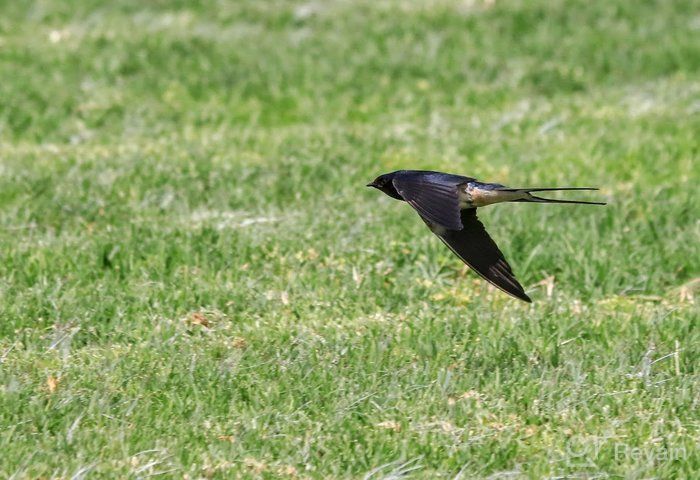
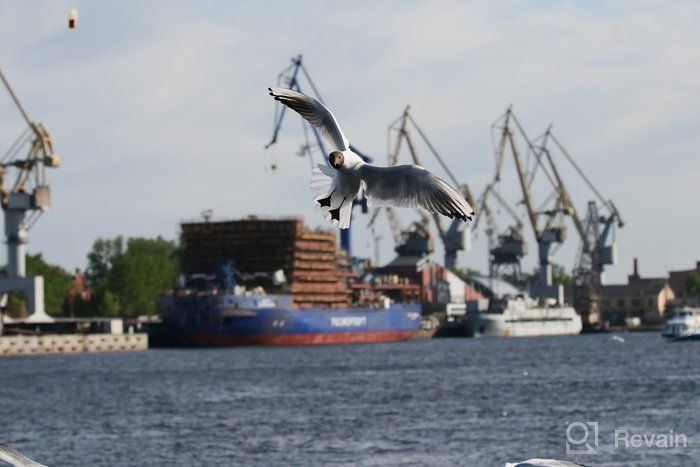

- The weight Focal range Nimble, well catches flying birds and athletes. The stub feels good.
- Plastic body The inverted lens hood prevents you from turning the zoom, you have to put it in the working position every time.
New products
Comments (0)
Top products in 👓 Lenses
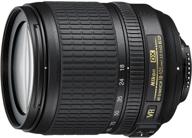
New Nikon 18-105mm Vibration Reduction 📷 Zoom Lens with Auto Focus for Nikon DSLRs

104 Review
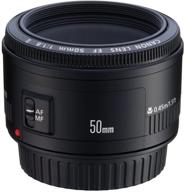
Canon EF 50mm f/1.8 II Fixed Lens - Discontinued by Manufacturer

93 Review
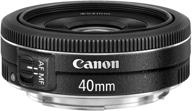
Canon EF 40mm f/2.8 STM Lens - Fixed Black (6310B002) for US Cameras

76 Review
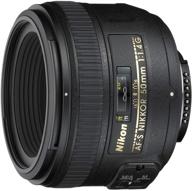
📷 Nikon AF-S NIKKOR 50mm f/1.4G Lens with Auto Focus: Perfect for Nikon DSLR Cameras

76 Review






